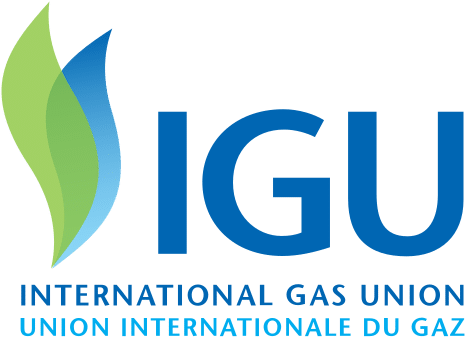The LNG industry has passed its 50th year and now many facilities have aged. Meanwhile, the nature of LNG market has changed significantly. These changes have led to the need for terminals to modernize and become more flexible by adding new functionality beyond their traditional role.
Flexible LNG facilities are those facilities to which functions and activities are added or changed to allow for different uses or operations. In many cases, the original design purpose for these LNG facilities is retained but, in other cases, changes may alter the design function.
Traditionally, the LNG value chain has been rigid, with building blocks which are well-defined with limited functionalities:
- LNG Export Facilities – Where Natural Gas is treated, cooled and liquefied to be shipped to LNG Markets
- Floating Facilities– LNG carriers which transport LNG to suppliers on long-term contracts.
- LNG Import Terminals – Where LNG is received, stored and regasified to be provided to customers
Peak Shaving Facilities – Where natural gas is cooled, liquefied and stored, ready to be regasified to meet periods of peak demand.
Changes are now being seen in the value chain and in each of these building blocks with the addition of new functionalities as outlined in Figure 1. In the first link of the LNG chain, LNG Export Facilities are not only adapting to changing feed gas compositions due to ageing or new gas fields but, in many cases, they are also adding additional facilities to extract and sell new products such as ethane, LPGs, and Helium.
The role of Floating Facilities is also changing with the evolution of the industry. Whilst the floating element in the value chain is traditionally the LNG carrier servicing long-term supply contracts, enhanced functionality can be found in the conversion of LNG carriers to floating facilities such as Floating Storage and Regasification Units (FSRU), Floating Storage Units (FSU) and Liquefaction (FLNG). The potential for floating facilities to be redeployed elsewhere brings additional unique flexibility to this element of the LNG value chain, whether they constitute a conversion or new build.

